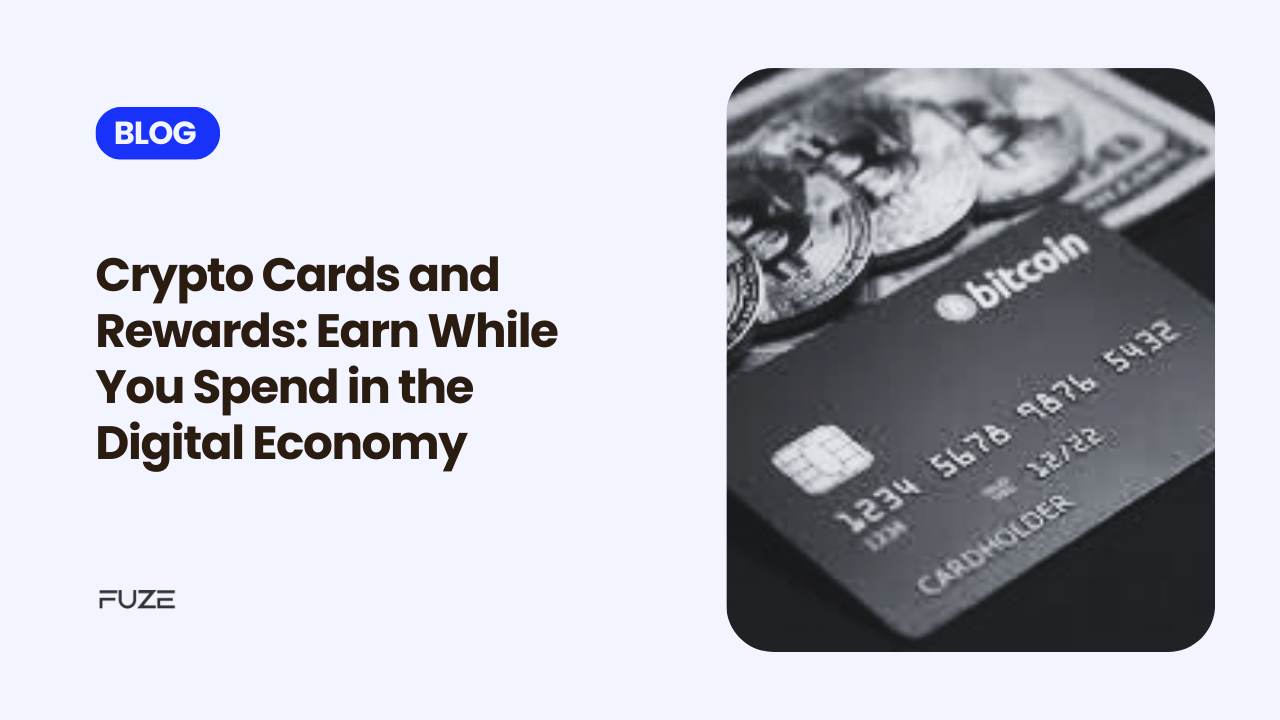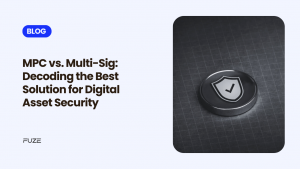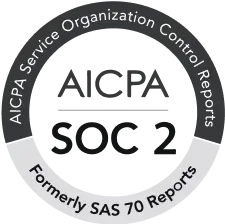The evolution of finance has created an impressive fusion of traditional payment methods and blockchain technology, leading to the rise of crypto cards. These cards connect digital currencies with everyday transactions, allowing users to earn rewards while engaging in the digital economy. In this blog, we’ll explore what crypto cards are, how they function, the various types of rewards they provide, and why they are gaining popularity among crypto enthusiasts.
What are crypto cards?
Crypto cards are like traditional debit or credit cards but are connected to a user’s cryptocurrency holdings. These cards allow users to spend their crypto assets for goods and services, either directly or by converting crypto to fiat currency at the point of sale.
There are two main kinds of crypto cards:
Crypto Debit Cards: These are preloaded with cryptocurrency or fiat currency that users can spend until the balance is exhausted.
Crypto Credit Cards: These cards work like any other credit card, giving users a credit line that they repay over time. The rewards and features of such cards are mostly customized for crypto enthusiasts.
How Do Cryptocurrency Cards Operate?
Crypto cards are designed to make transactions easier for those who own digital assets. Here’s how they operate:
- Connecting Wallets: Customers connect their cryptocurrency wallets or accounts to the platform of the card issuer.
- Funding the Card: Before making purchases, users have the option to either put cryptocurrency onto the card or exchange it for fiat money.
- Transaction Conversion: The cryptocurrency is automatically converted to fiat money at the current exchange rate when a purchase is made.
- Payments: Fiat money is given to merchants, guaranteeing interoperability with conventional payment methods.
Furthermore, a lot of suppliers provide card management mobile apps that let users effortlessly monitor rewards, convert cryptocurrency, and check their spending.
Types of Crypto Rewards
The rewards offered by crypto cards are one of its most attractive features. These can come in several forms, including:
- Crypto Cashback: Many crypto cards pay back users with a percentage of what they spent in cryptocurrency. For example, a user may earn 1-3% in Bitcoin or other altcoins for each purchase they make.
- Loyalty Points: Similar to traditional cards, crypto cards can also offer loyalty points. The points earned can be used to pay for travel, shopping, or even more cryptocurrency.
- Staking Rewards: Some crypto cards are connected to staking programs where users lock up a certain amount of cryptocurrency to unlock higher cashback rates and other perks.
- Fee Waivers and Discounts: Some of these premium crypto cards may be given a freebie or perk. These range from no fees at all when doing transactions to smaller fees compared to the base on the trading platforms and also reduced fees in various partner services.5. NFT and Token Rewards
Certain crypto card providers are tapping into the NFT space, offering digital collectibles or utility tokens as rewards for spending.
Advantages of Using Crypto Cards
Crypto cards offer several benefits that make them a compelling choice for individuals navigating the digital economy:
1. Global Usability: Crypto cards are typically accepted wherever major card networks like Visa or Mastercard are supported. This global acceptance makes it easy to use crypto assets in everyday transactions.
2. Seamless Conversion: Users can spend cryptocurrency without manually converting it to fiat currency beforehand. The card handles the conversion at the time of purchase.
3. Enhanced Rewards: Compared to traditional cards, crypto cards often provide superior rewards, especially for crypto-savvy users.
4. Access to DeFi and Web3 Ecosystems: Many crypto card providers offer integrations with decentralized finance (DeFi) platforms and Web3 tools, broadening the scope of financial management for users.
5. Support for Multiple Cryptocurrencies: Crypto cards typically support a range of digital assets, allowing users to spend various cryptocurrencies beyond Bitcoin.
Challenges and Risks of Crypto Cards
Despite their advantages, crypto cards come with challenges and risks that users need to be aware of:
1. Volatility: Cryptocurrency prices can fluctuate significantly, impacting the value of rewards and the cost of transactions.
2. Fees: Some crypto cards charge higher transaction, conversion, or maintenance fees compared to traditional cards.
3. Regulatory Uncertainty: Crypto regulations vary across jurisdictions, which can affect the usability and benefits of crypto cards.
4. Limited Merchant Awareness: While crypto cards work seamlessly on traditional networks, some merchants may not fully understand or accept their use.
Choosing the Right Crypto Card
To select the best crypto card for your needs, consider the following factors:
- Rewards Structure: Evaluate the type and rate of rewards offered, such as cashback, staking perks, or loyalty points.
- Fees: Check for transaction fees, withdrawal fees, and monthly charges.
- Supported Cryptocurrencies: Ensure the card supports the digital assets you frequently use.
- Geographic Availability: Verify whether the card is supported in your country or region.
- Security Features: Look for robust security measures, including two-factor authentication and insurance coverage.
The Future of Crypto Cards in the Digital Economy
Crypto cards are poised to play a significant role in the future of digital payments as cryptocurrencies continue to gain mainstream acceptance. The integration of blockchain technology into traditional financial systems is making it easier for individuals to bridge the gap between fiat and crypto.
As the market matures, we can expect more innovative features, such as:
- Dynamic Rewards: Tailored reward programs based on user preferences and spending habits.
- Cross-Chain Interoperability: Cards that support multiple blockchain networks for enhanced functionality.
- Integration with Web3 Services: Direct access to DeFi platforms, NFT marketplaces, and metaverse applications.
- Enhanced Security: Advanced encryption and fraud protection measures to safeguard user funds.
Conclusion
Crypto cards represent the next evolution in financial tools, combining the familiarity of traditional payment methods with the innovation of blockchain technology. They not only enable seamless transactions but also empower users to earn rewards in a rapidly expanding digital economy.
Disclaimer: Virtual assets carry significant risks, including high volatility and potential loss of your entire investment. They are not backed by governmental protections, and recourse may be limited in case of loss. Always assess your risk tolerance, fully understand the risks, and seek independent financial advice if needed before investing.
Frequently Asked Questions
- Can I use a crypto card anywhere?
Most crypto cards are supported by major payment networks like Visa and Mastercard, making them usable at millions of merchants worldwide. - What cryptocurrencies can I use with a crypto card?
Supported cryptocurrencies vary by provider but often include popular assets like Bitcoin (BTC), Ethereum (ETH), and stablecoins such as USDC or USDT. - Are crypto card transactions secure?
Yes, most crypto cards employ advanced security features like two-factor authentication, encryption, and fraud monitoring to protect user funds and transactions. - What are the potential downsides of using a crypto card?
Downsides include transaction fees, price volatility of cryptocurrencies, potential regulatory issues, and limited merchant awareness in some regions. - Can I stake cryptocurrency with a crypto card?
Some crypto cards are linked to staking programs, allowing users to lock up their crypto assets to earn higher rewards or unlock premium card benefits.







